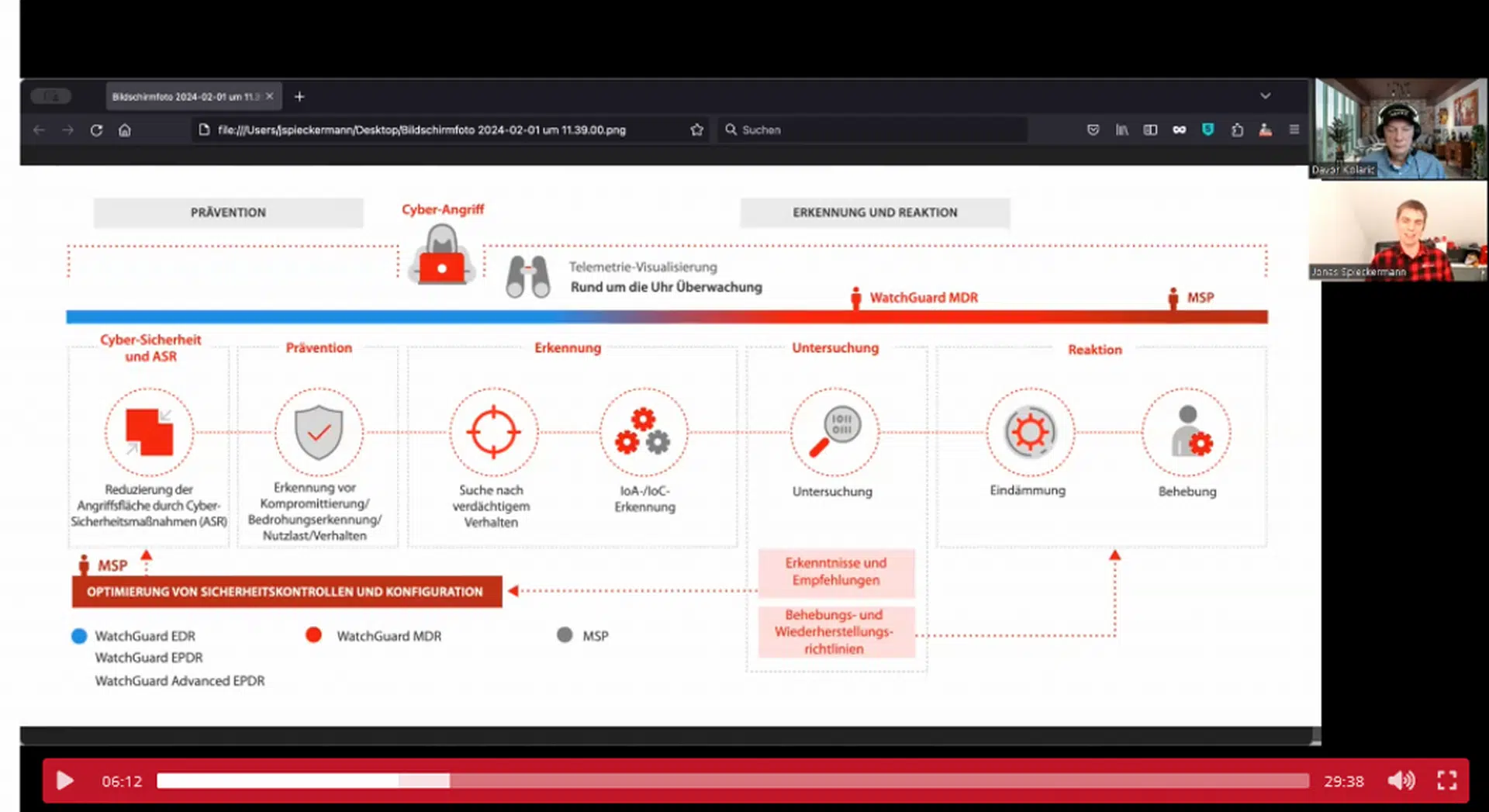
- Threat actors are abusing the Run Script feature in Apple’s Xcode IDE to infect unsuspecting Apple Developers via shared Xcode Projects.
- XcodeSpy is a malicious Xcode project that installs a custom variant of the EggShell backdoor on the developer’s macOS computer along with a persistence mechanism.
- The backdoor has functionality for recording the victim’s microphone, camera and keyboard, as well as the ability to upload and download files.
- The XcodeSpy infection vector could be used by other threat actors, and all Apple Developers using Xcode are advised to exercise caution when adopting shared Xcode projects.
- SentinelOne Singularity protects against XcodeSpy. We also provide a simple method developers can use to scan their Xcode repositories for XcodeSpy in this post.
Overview
This year has brought two disturbing new trends into prominence: the targeting of developers and the use of supply chain attacks to infect broad swaths of customers. Targeting software developers is the first step in a successful supply chain attack. One way to do so is to abuse the very development tools necessary to carry out this work. In Jan 2021, Google TAG announced their discovery of a North Korean campaign targeting security researchers and exploit developers. One of the methods of infection entailed the sharing of a Visual Studio project designed to load a malicious DLL. In this post, we discuss a similar attack targeting Apple developers through malicious Xcode projects.
We recently became aware of a trojanized Xcode project in the wild targeting iOS developers thanks to a tip from an anonymous researcher. The malicious project is a doctored version of a legitimate, open-source project available on GitHub. The project offers iOS developers several advanced features for animating the iOS Tab Bar based on user interaction.
The XcodeSpy version, however, has been subtly changed to execute an obfuscated Run Script when the developer’s build target is launched. The script contacts the attackers’ C2 and drops a custom variant of the EggShell backdoor on the development machine. The malware installs a user LaunchAgent for persistence and is able to record information from the victim’s microphone, camera, and keyboard.

We have discovered two variants of the payload, custom backdoors which contain a number of encrypted C2 URLs and encrypted strings for various file paths. One encrypted string in particular is shared between the doctored Xcode project and the custom backdoors, linking them together as part of the same ‘XcodeSpy’ campaign.
At this time, we are aware of one ITW case in a U.S. organization. Indications from our analysis suggest the campaign was in operation at least between July and October 2020 and may also target developers in Asia.
We have thus far been unable to discover other samples of trojanized Xcode projects and cannot gauge the extent of this activity. However, the timeline from known samples and other indicators mentioned below suggest that other XcodeSpy projects may exist. By sharing details of this campaign, we hope to raise awareness of this attack vector and highlight the fact that developers are high-value targets for attackers.
The simple technique for hiding and launching a malicious script used by XcodeSpy could be deployed in any shared Xcode project. Consequently, all Apple developers are cautioned to check for the presence of malicious Run Scripts whenever adopting third-party Xcode projects. We provide a simple method developers can use to scan their existing local Xcode repositories in the Detection and Mitigation section below.
Abusing Xcode’s Run Script Functionality
XcodeSpy takes advantage of a built-in feature of Apple’s IDE which allows developers to run a custom shell script on launching an instance of their target application. While the technique is easy to identify if looked for, new or inexperienced developers who are not aware of the Run Script feature are particularly at risk since there is no indication in the console or debugger to indicate execution of the malicious script.
Mehr hier.
Fachartikel
Studien

Cloud-Transformation & GRC: Die Wolkendecke wird zur Superzelle

Threat Report: Anstieg der Ransomware-Vorfälle durch ERP-Kompromittierung um 400 %

Studie zu PKI und Post-Quanten-Kryptographie verdeutlicht wachsenden Bedarf an digitalem Vertrauen bei DACH-Organisationen

Zunahme von „Evasive Malware“ verstärkt Bedrohungswelle

Neuer Report bestätigt: Die Zukunft KI-gestützter Content Creation ist längst Gegenwart
Whitepaper
Unter4Ohren

Datenklassifizierung: Sicherheit, Konformität und Kontrolle

Die Rolle der KI in der IT-Sicherheit

CrowdStrike Global Threat Report 2024 – Einblicke in die aktuelle Bedrohungslandschaft

WatchGuard Managed Detection & Response – Erkennung und Reaktion rund um die Uhr ohne Mehraufwand












